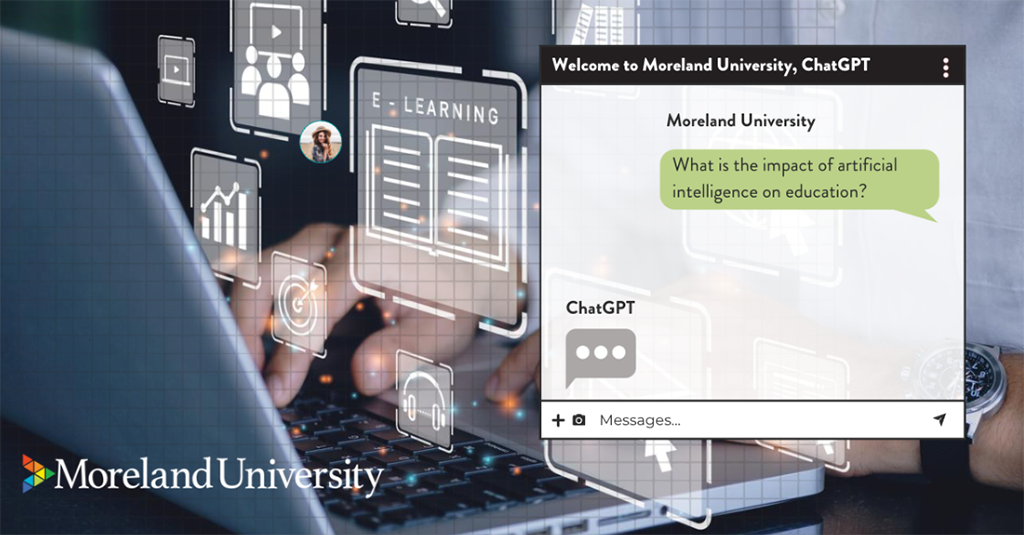Transforming Special Education in a Rural School
| by Lynn Beal, Ed.D.
Part One of a Two-Part Series on Least Restrictive Environment (LRE)
Uprooting and transforming ineffective and antiquated educational practice is necessary to ensure the success of all students, particularly our most vulnerable learners. In this two-part blog post, I share my experience innovating a special-education program in a rural school where inclusive practices were lacking. By designing and implementing the Least Restrictive Environment (LRE) for students with special needs, I helped this school foster a culture of inclusion, access, and equity for all. Continue reading to learn more!
A Shocking Discovery
Imagine transitioning from a massive school district with nearly 200 buildings and a well of resources and technology to a community with one high school where the only technology is a dry-erase board. I experienced this culture shock when I moved from the Washington, D.C. area to a central Californian rural community. While that experience was jaw-dropping, I was even more dumbfounded to discover that all students with special needs received services within small-group classes away from their peers in general education. Moreover, there was no continuum of services: no co-teaching, no one-on-one support, and no student placements. While this approach simplified scheduling for the administration, students with special needs did not attend classes within the general-education environment, nor were they placed within their Least Restrictive Environment (LRE).
I spent my first year in this high school as a special-education teacher. I taught English with combined grade levels for students who had an Individualized Education Plan (IEP), one class for students in grades 9 and 10 and another for students in grades 11 and 12. It was challenging to teach students from two different grade levels with a myriad of learning needs in one classroom! I used student-centered strategies to create an inclusive learning environment: While students in the upper grade level of each class worked on independent activities—journaling, essay editing, and other projects—I facilitated introductions to new lessons and connected prior knowledge for other students.
We lacked resources and connection. Although students were supposed to work on an online reading program, we had only two working desktop computers in the classroom. We felt segregated and isolated, left behind without resources or supplies. This same structure was implemented for special education in mathematics, social studies, and science. My colleagues and I were not part of the curriculum teams or academic departments, leaving us separate.
Preparing for Transformation
After receiving a negative report from the state of California on the overall performance of our school, the school leadership decided to make a change toward a more inclusive environment. Administration asked me to support the school and department the following year by developing a School Improvement Plan based on inclusive practices. I thought, “Wow! Where do I begin?”
As I brainstormed throughout the summer, I realized that I had to begin with understanding the nuances of LRE to determine how to best implement a continuum of services. LRE has been an integral part of special education law since its inception in 1975 through the Individuals with Disabilities Education Act (IDEA). LRE indicates that students with disabilities and other special needs should have access to the same classrooms as their peers who do not have disabilities, “…to the maximum extent that is appropriate.” Each child’s LRE is uniquely based on their developmental and cognitive needs. Students with disabilities should only be separated from their peers for academic instruction when their disability indicates that, “…supplementary aids and services can’t provide the child with an appropriate education.” LRE environments might include servicing students who are in a variety of settings:
- the general-education environment
- a combination of general-education and small-group or individual instruction
- a special-education environment
- specialized instruction outside of the school district
- home or hospital instruction
The task at hand was to transform a school with limited resources, space, and technology into an inclusive learning environment with appropriate classroom support for all students. Together with my colleagues, I worked to restructure the existing system, distribute resources appropriately, and maximize our access to technology.
Before teachers arrived, we needed to revise the master schedule and pair teachers within content areas. While teachers generally enjoy healthy collaboration, they also value independence within their classrooms. Informing teachers who had been accustomed to having their own classrooms and independence that they would soon have co-teachers was neither easy nor enjoyable; however, it was necessary. We also needed to modify students’ classroom schedules to align with their academic needs, which required parental involvement and IEP addendums (also known as amendments). In July we met with parents, developed addendums, and created a chart reflecting each student’s service hours. The administration modified faculty schedules, rearranged classrooms, and developed a system to expand their continuum of instruction.
In part two of this post, learn how teachers’ responded upon returning to the classroom in fall along with the new systems, processes, and teaching models used to foster inclusion within the LRE. In the meantime, enroll in our May 16th no-cost professional development course on “Access & Equity for Students with Special Needs.” In this course, learn how to foster access and equity by providing the LRE to support students with special needs. Click here to enroll!



